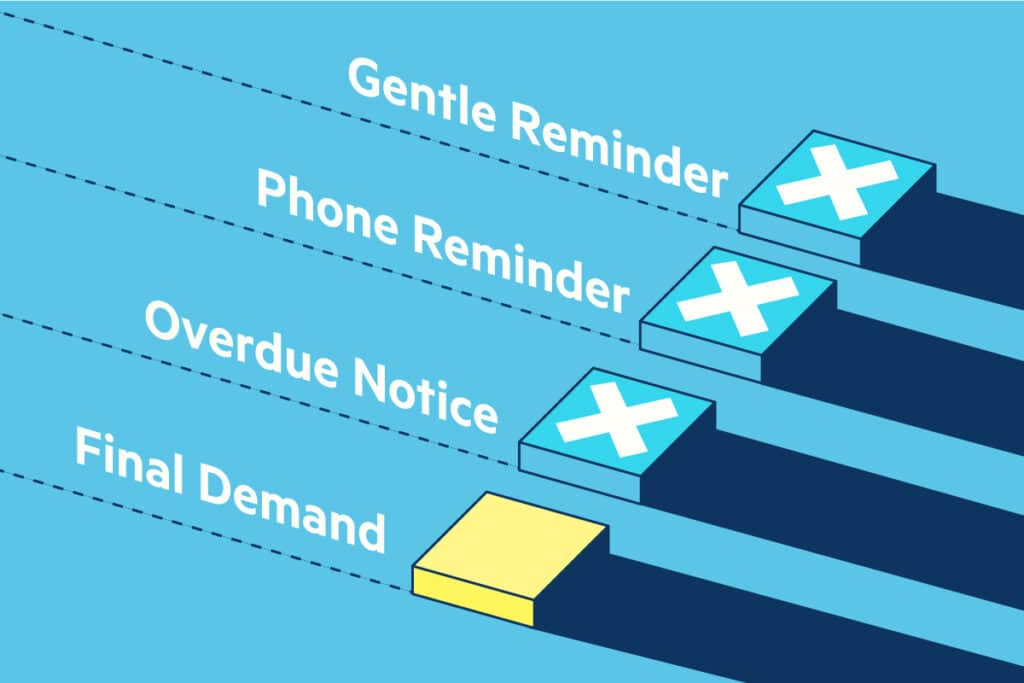Starting a tutoring business is an excellent way for educators, students, or professionals to create an additional source of income—whether the goal is paying down debt, building savings, or funding new opportunities. Getting started doesn’t have to be complicated; tutoring can fit into evenings, weekends, or other flexible time slots. However, as with any business venture, the real challenge lies in sustainability: how do you establish yourself as a tutor and attract consistent clients? This guide will walk you through the essentials.
How to start a tutoring business: a step-by-step guide
1. Decide on your subject niche
Your subject niche is simply the subjects you’ll offer—e.g. Math, Science, Writing. Choosing it carefully helps differentiate your services. Knowing your subject niche will help differentiate you from other tutors. To decide on your niche, think about which subjects you’re most passionate about and which grades you want to tutor. Also, consider offering SAT tutoring. Since most students will need to take one of these exams, you’ll always be in demand and you can even charge more for these sessions.
2. Brush up on your knowledge
As a teacher, chances are you’ll feel comfortable tutoring students one-on-one, but it’s a good idea to review the subject matter you’ll be covering. To reduce overhead, you can borrow materials from the library, or find resources online. Just like your students, you’ll want to schedule study sessions on your calendar to go over the relevant material and practice tests.
3. Register your tutoring business
While you don’t need a license to start a tutoring business, you will have to report that new additional income and pay self-employment taxes. But don’t stress. Once you get the hang of it, it’s pretty simple – and starting a business on the side comes with the advantage of being able to deduct business expenses from your taxable income! Think deducting transport to your tutoring sessions, a portion of your phone plan, any additional training or classes you’re taking to brush up on your knowledge, and so on…
4. Separate your business and personal finances
Keeping your business and personal finances separate is crucial to achieving success in your side hustle. Organized bookkeeping helps you monitor your expenses and net income, enabling you to assess ideal workload and align with your financial objectives. It also translates into less stress come tax season! Using a banking app like Lili will help you balance your business and personal finances, keep track of all the business expenses we just mentioned, and stay on top of your financial goals.
5. Set your pricing
Ah yes, the million-dollar question. How much should you charge? Use market benchmarks and your expertise to set a fair rate. You can do a quick search online to see what other tutors are charging in your area. Then ask yourself: how much extra money do you want to earn a month?
6. Decide where your tutoring sessions will take place
Many tutors travel to students’ houses because it’s more convenient, but if this isn’t ideal for you, there are other options like a nearby coffee shop or library. Now that WFH is a thing, you can offer online tutoring through Skype or Zoom or join a tutoring platform like wyzant or TakeLessons. Another option is to provide both in-person and online sessions, which shows your flexibility.
7. Spread the word
Once you’ve determined your niche, price, and decided whether to tutor in-person or online (or both), it’s time to let everyone know. I’m talking about fellow teacher friends, family, and community members. Like price setting, I’ll get into specific methods further down.
PSA: Avoid tutoring students from your school. There’s no need to get involved in any extra drama that could compromise your full-time teaching position.
How much to charge for tutoring
You’re probably asking yourself, “How much should I charge per session?” To help figure that out, some quick research online can shed some light. A quick Google search for “private tutor rates in New York” or “SAT tutoring rates in Chicago” can inform you that one-on-one tutoring in New York City might range between $120 – $200 per hour, while SAT tutoring in Chicago can range between $30 – $150 per hour.
It’s important to consider market research, but make sure you feel good about your hourly rate, too. Remember, being a teacher boosts your credibility so don’t undercharge for your skills and experience.
Next, get a feel for your potential client base by looking into:
- Neighborhoods – can your future clients handle a more expensive tutor?
- Demographic – how many elementary, jr. high, or high schools are in your area?
- Demand – are people ready to pay for your services?
You want to ensure the time and effort you put into your tutoring business is valued appropriately. Be prepared to walk away if a client tries to negotiate a rate that undervalues your expertise.
Tip: Show you’re in demand! As you build up your client base and become the go-to tutor in your area, you can start to charge more. (The more limited your time, the more valuable it is.)
Recent Articles That Might Interest You:
How to advertise your tutoring business
Marketing yourself as a tutor might make your stomach flip, but it doesn’t have to. Here are a few ways to get started:
Word of mouth referrals
Start by focusing on word-of-mouth referrals from fellow educators, families, and neighbors. You can let your local community know about your tutoring business by sending an email or text to people you know with the grades and subjects you plan on tutoring. To make it easier, create a template message that you can copy/paste, like this:
“Hey [name]! I hope you’re well. I wanted to let you know that I’ve started offering math tutoring for grades 7-9. If you know anyone who needs it, feel free to send my contact info: 111-111-1111 or [email protected].”
You can even create a referral system, so whenever your clients bring you someone new, they’ll get a small discount on their next session.
Join an online marketplace
Creating a tutoring profile on an online marketplace like TutorOcean, Wyzant or Varsity Tutors is good for a few reasons: parents can find and book you online, the platform matches you with clients, and you can use your profile like a website.
Get on Google and Social Media
Although this may require a bit more work, establishing your presence online with a website and/or creating a social media page for your tutoring business is a great way to get your name out there, and will leave your prospective clients feeling that you are professional and worthy of hiring.
Order business cards
I know it sounds old school, but having a business card is just a professional way to leave your contact details. There are lots of templates out there, so you don’t have to be a designer. Just include your name, the subjects you’re tutoring, and your contact info. Then keep a few copies on hand for whenever you bump into a potential client (they could be anywhere!).
Offer free test prep info sessions
Parents and students always have lots of uncertainty when it comes to college entrance exams. Offering a free info session at a local coffee shop will establish your expertise and allow you to hand over that business card.
Bottom line: in the search for new clients, “leave no stone unturned”.
How to get paid
Once your business is operational, establish your preferred payment methods—such as ACH, direct deposit, checks, or card payments—to ensure smooth and professional client transactions. To simplify client payments and reconciliation, consider Lili’s business banking services, which are designed to support small business owners. If you’re a Lili Pro user, you’ll be able to send an invoice to your clients directly from the Lili App, which will include all the information your client needs to pay you.
Take it one step at a time
Begin your tutoring journey by working with people you already know—family, friends, or neighbors. This early experience not only helps build your confidence but also allows you to gauge whether tutoring is something you truly enjoy and whether it aligns with your financial goals. While establishing a tutoring business requires dedication, the rewards extend far beyond monetary gain. By sharing your expertise and cultivating strong client relationships, you can build a practice that is both rewarding and sustainable—one that combines professional growth with meaningful impact.




